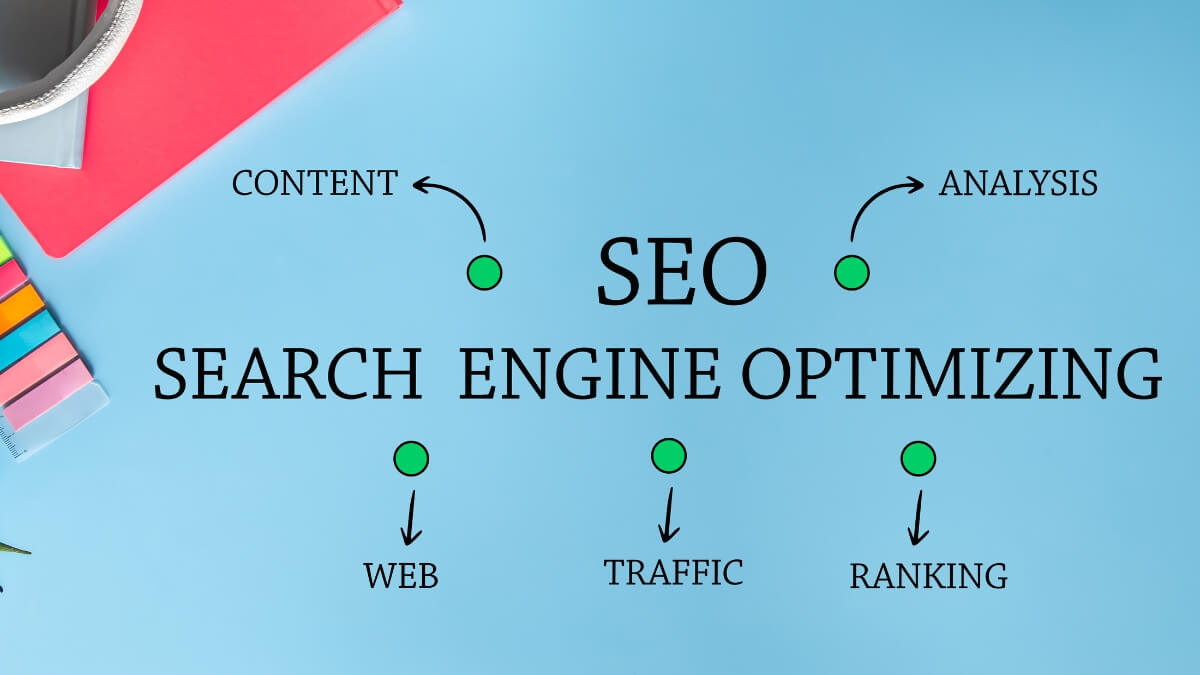
SEO (Search Engine Optimization) is an important business strategy to ensure the visibility of your website when a user searches for a relevant product/service. With the right SEO, your website will be more attractive and easier to understand for search engines such as Google.
Your Google ranking is the position your website occupies in the search results for the keywords used by users. The better your ranking, the higher the likelihood that users will visit your website and therefore come into contact with your products/services.
Of course, it often happens that your website has ranking difficulties despite a good SEO strategy. Together, we will see what are the possible reasons for this and what you can do to correct your strategy so that Google puts you in a higher position.
- High competition
Competition for the top search engine positions is fierce, especially for certain industries, such as selling shoes. This means that even if you use perfectly optimized SEO practices, you will have to compete with other companies that do SEO just as well or better. Some companies invest large sums in digital marketing and are constantly updating their websites.
The solution:
Surely you’ve already researched the keywords you’re targeting, but these keywords may change frequently or need to be optimized at regular intervals. Therefore, focus on slightly more specific or long-tail keywords. Long-tail keywords may have less competition and therefore bring you more targeted traffic. - Content of low-quality
Remember that despite perfect SEO techniques, you will not be able to retain your website content if it’s not attractive to the user. Google places particular importance on the quality of content, and if your website does not offer added value to the user, it will not be ranked high.
The solution:
Your content should answer users’ questions, provide solutions to their problems, and offer them unique value. To achieve this, you should have already analyzed what your target group is looking for and wants. - Poor user experience (UX)
Google takes into account how good or bad a user’s experience is when they visit your website. If it loads slowly, is difficult to navigate, or isn’t mobile-friendly, your ranking will definitely be lower.
The solution:
Make sure your website loads quickly so that the user does not have to wait long. Ensure easy navigation and improve the display on mobile devices. This way, the user will be satisfied with their visit, and if your products/services interest them, they are likely to come back. - Lack of backlinks
Backlinks are a particularly important factor for your ranking. If other trustworthy websites have links that lead to your site, Google interprets these backlinks as a sign of trust in your website.
The solution:
It’s important to develop a strategy for quality backlinks. You can achieve this through guest blogging, partnerships with other websites, and posts that people like to link to. - Incomplete or incorrect use of meta tags
Why are meta tags important? Because these titles/descriptions help search engines to understand the content of your website. So if the meta tags are not optimized or incomplete, this will have a negative effect on your ranking.
The solution:
Each page should have unique and relevant titles as well as descriptions. Use strategic keywords, but don’t overdo it (keyword stuffing). - Technical problems
Your website should never have to deal with technical problems such as broken links, bad redirects, and indexing. What does all this mean? Broken links are links that lead the user nowhere and make the user experience poor.
The redirect takes the user from an old URL to a new one. You have to ensure that the use is not incorrect or exaggerated.
Finally, indexing is perhaps the most important thing, as it is the scanning that the search engines do to rank your content. If you do not have clear content, they will not be able to place you in any category.
The solution:
Use tools like Google Search Console to identify and fix technical issues. You should check your SEO regularly and fix any issues that arise from time to time. - Unreliable or overly optimized content
Google has now developed algorithms that are able to detect unreliable or over-optimized content, i.e. the overuse of keywords or misleading meta tags. This content can lead to a penalty, and the penalty leads to a lower ranking.
The solution:
Your content should be useful and of high quality. You should not use deception to attract visitors, as these practices are considered “black hat SEO” by Google. What does this mean? It means that your website does not meet the quality guidelines, resulting in a low ranking in user searches.
In conclusion
SEO is not something you do once for your website. It’s a practice that needs to be constantly adapted and optimized. But that alone is not enough for the search engines to rank you in the top results. There are many strategic practices required here that, if you follow them, will surely bring the desired results. Remember that the digital world is becoming increasingly competitive and you need to have the right solutions in place.











